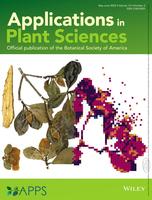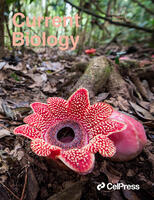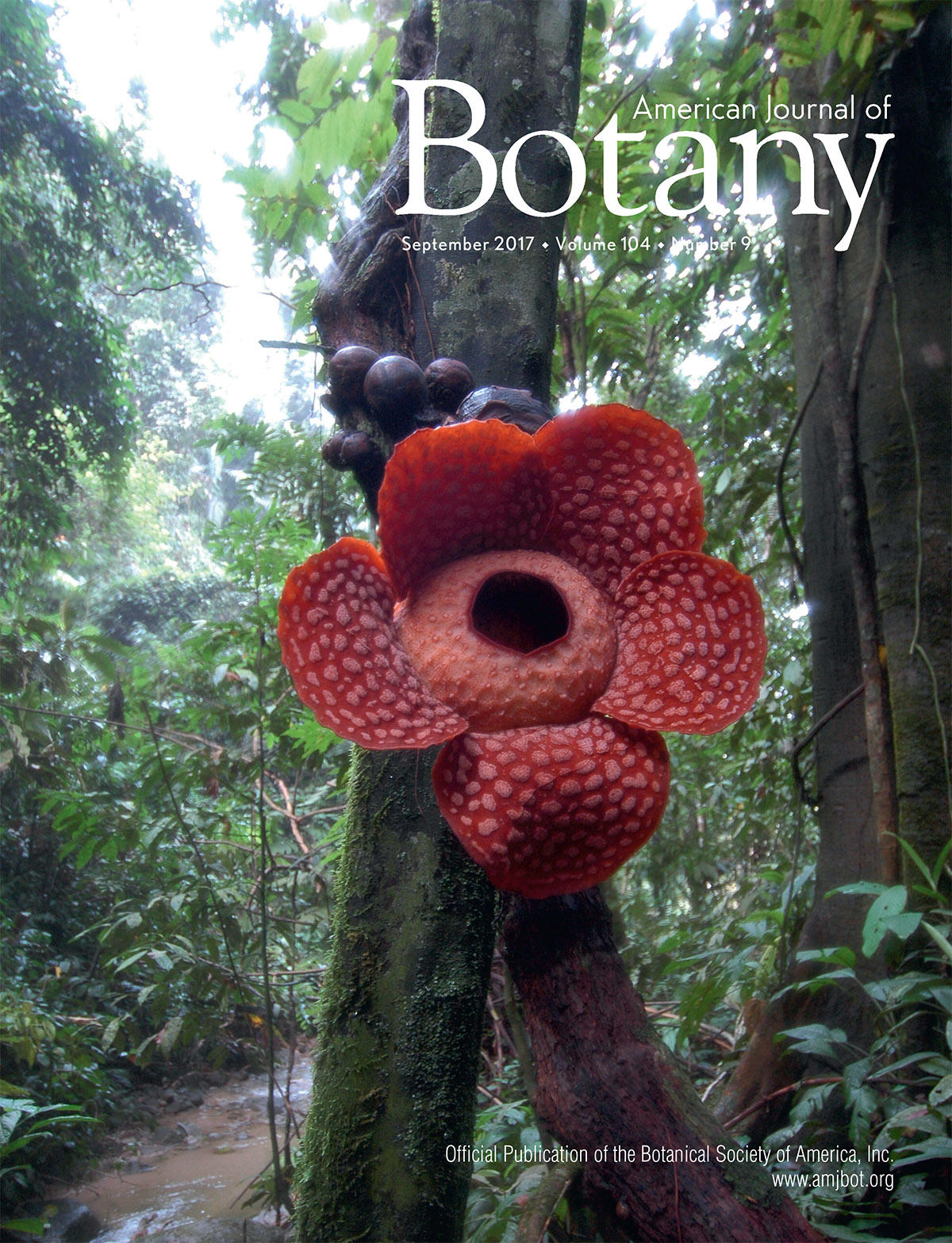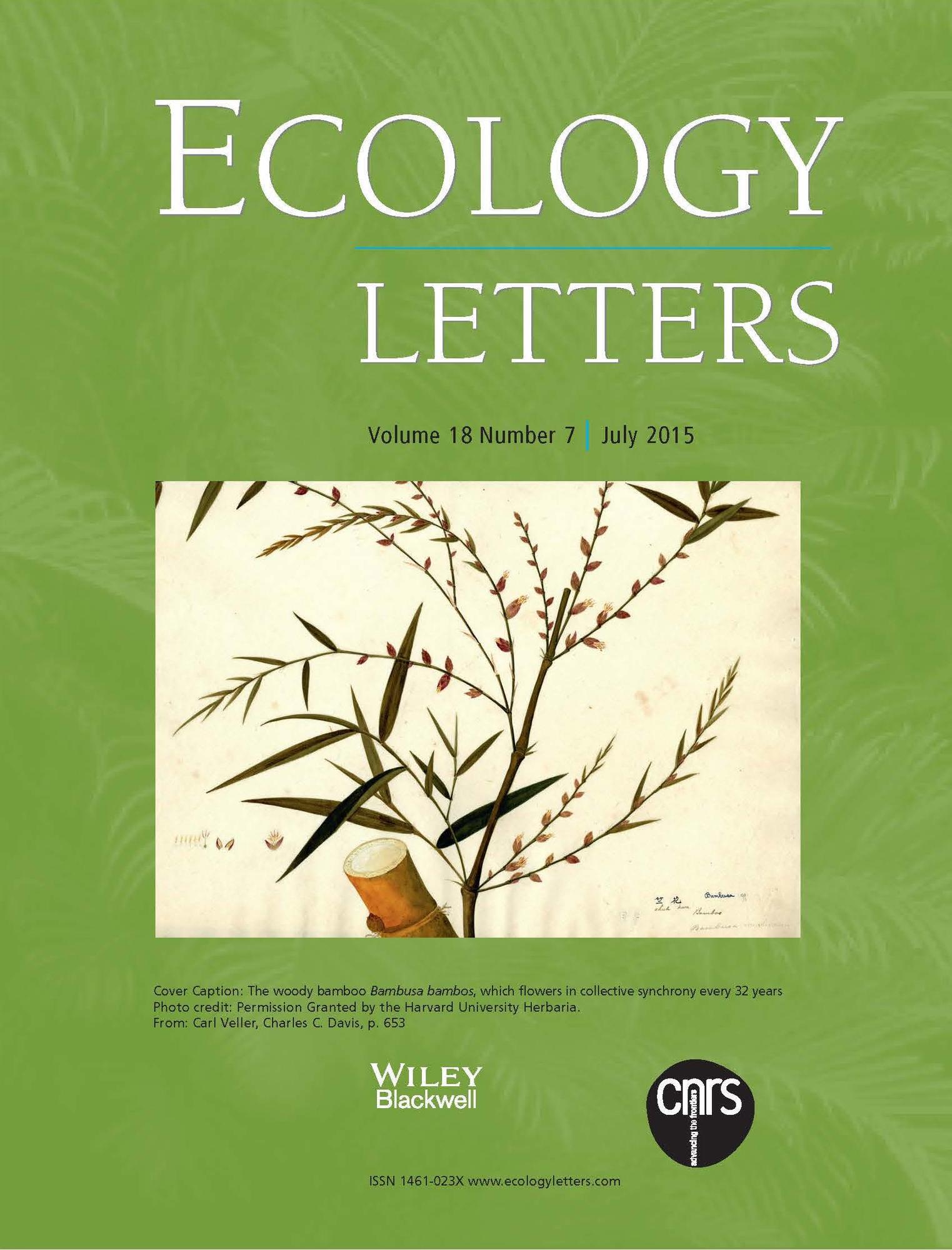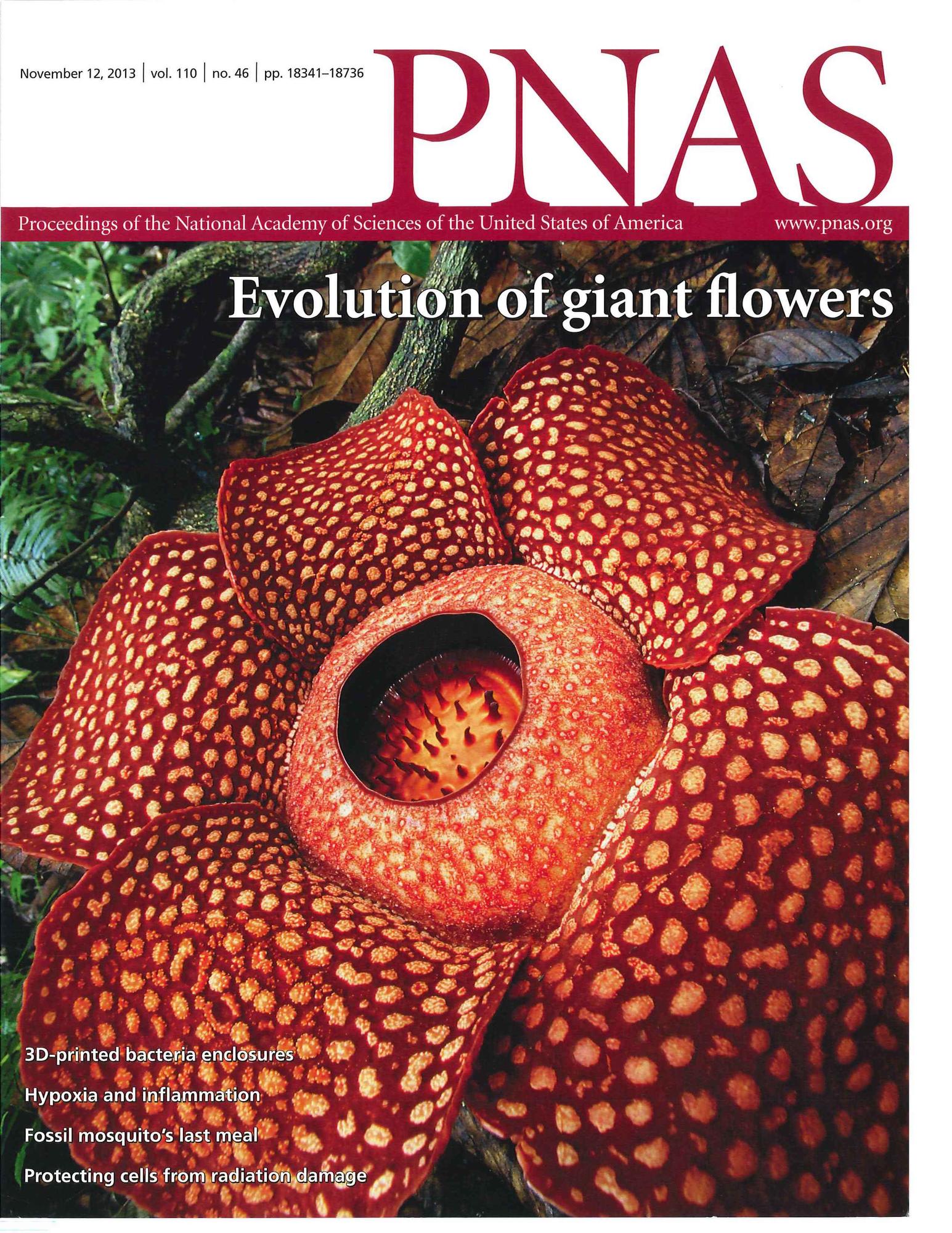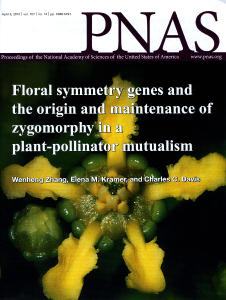Citation:
| 1.11 MB |
Abstract:
Madagasikaria andersonii is described here as a new genus and species of Malpighiaceae from Madagascar. The phylogenetic placement of Madagasikaria was estimated by using combined data from ndhF and trnL-F chloroplast sequences and phytochrome (PHYC) and ITS nuclear sequences. It forms a strongly supported clade with the Malagasy endemic genera Rhynchophora and Microsteira. Despite nearly identical floral morphology among species in this clade (here called the madagasikarioid clade), these genera are easily distinguishable on the basis of their fruits. The schizocarpic fruits of Madagasikaria have distinctive mericarps. Each mericarp has a lateral wing, which completely encircles the nut, and a peculiar dorsal wing, which folds over on itself. The morphology of this fruit suggests that the homology of the unusual wing in Rhynchophora is lateral in nature and represents a reduced wing similar to the lateral wing in Madagasikaria. Taxa in the madagasikarioid clade all appear to be morphologically androdioecious and functionally dioecious, producing both staminate and "bisexual" (i.e., functionally carpellate) individuals. This condition appears to be exceedingly rare in flowering plants and has important implications for floral evolution within Malpighiaceae. Neotropical Malpighiaceae are pollinated by specialized oil-collecting anthophorine bees of the tribe Centridini and exhibit highly conserved floral morphology despite tremendous diversity in fruit morphology and habit. These oil-collecting bees are absent from the paleotropics, where most members of the Malpighiaceae lack both the oil glands and the typical floral orientation crucial to pollination by neotropical oil-collecting bees. The madagasikarioids represent one shift from the neotropical pollination syndrome among Old World Malpighiaceae.
Notes:
Davis, Charles Ceng2002/04/01 00:00Am J Bot. 2002 Apr;89(4):699-706. doi: 10.3732/ajb.89.4.699.

